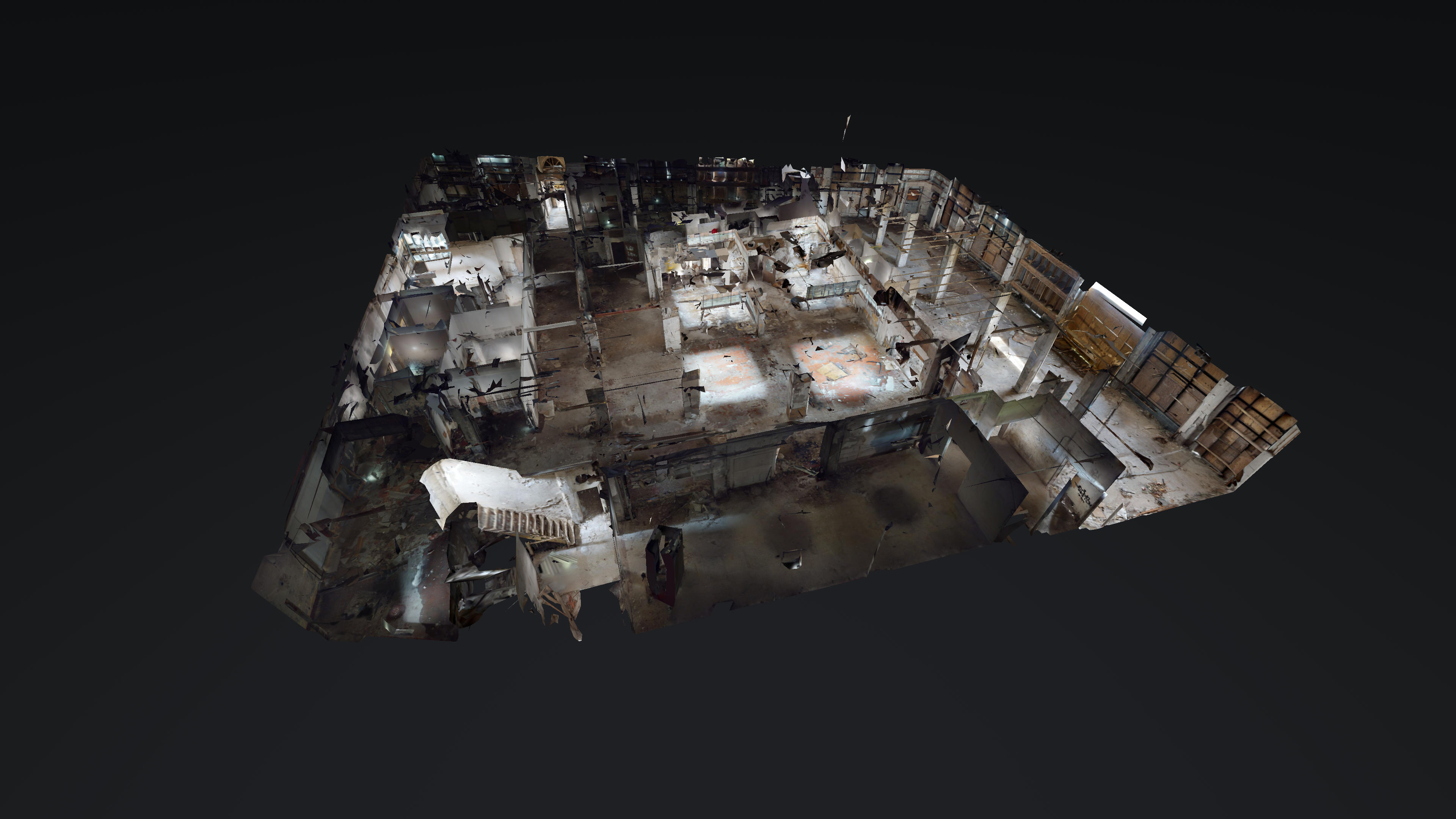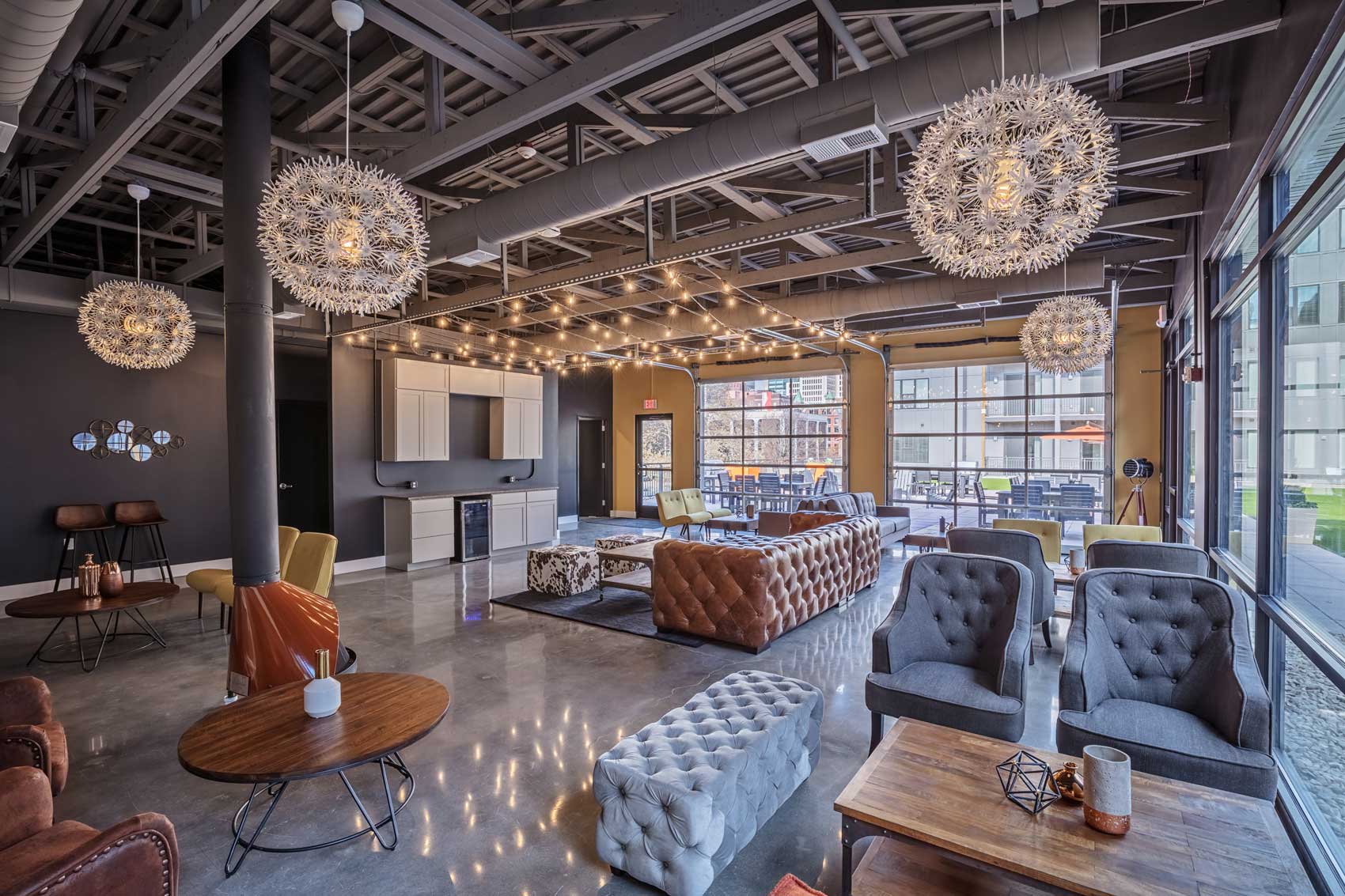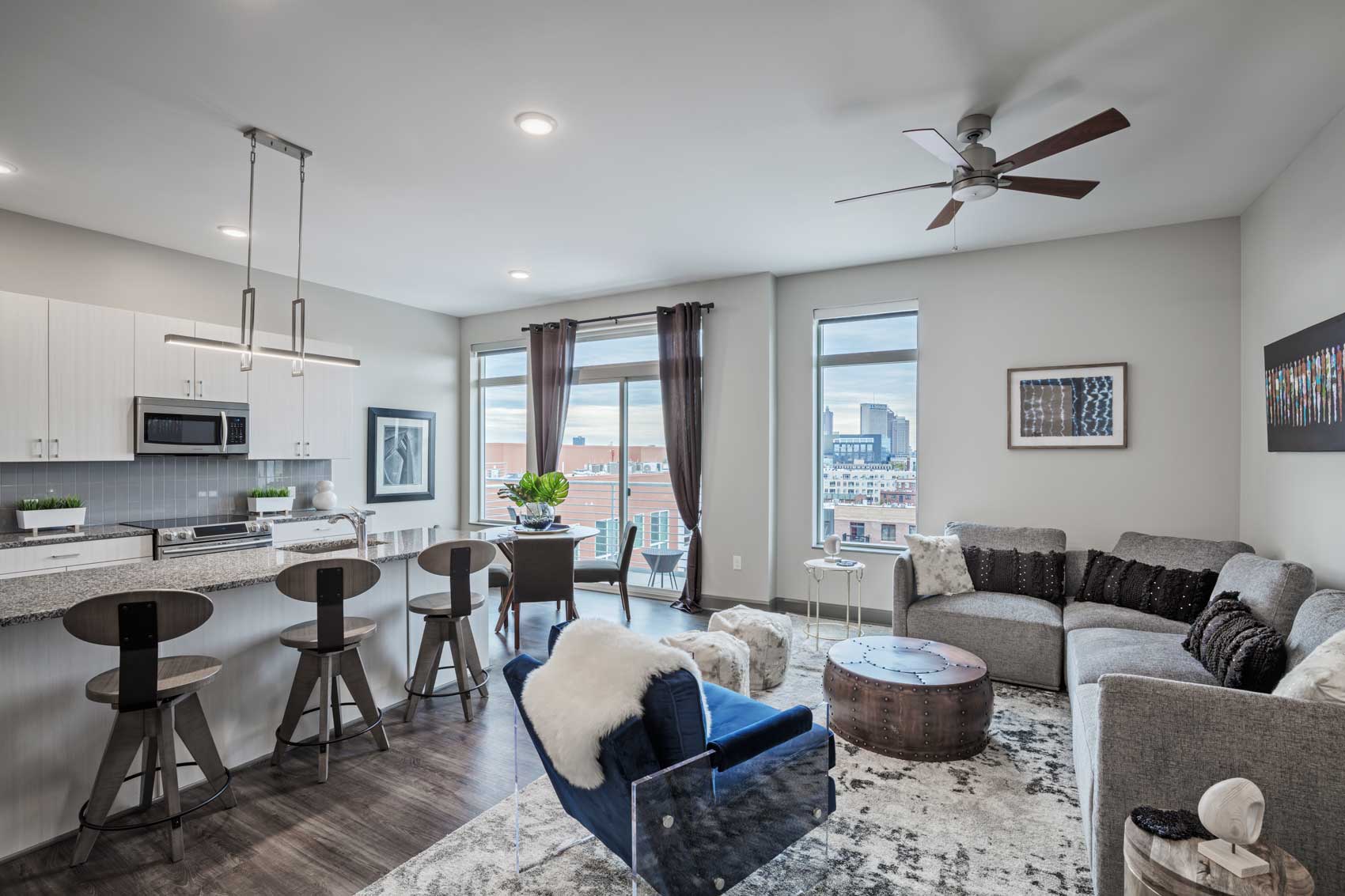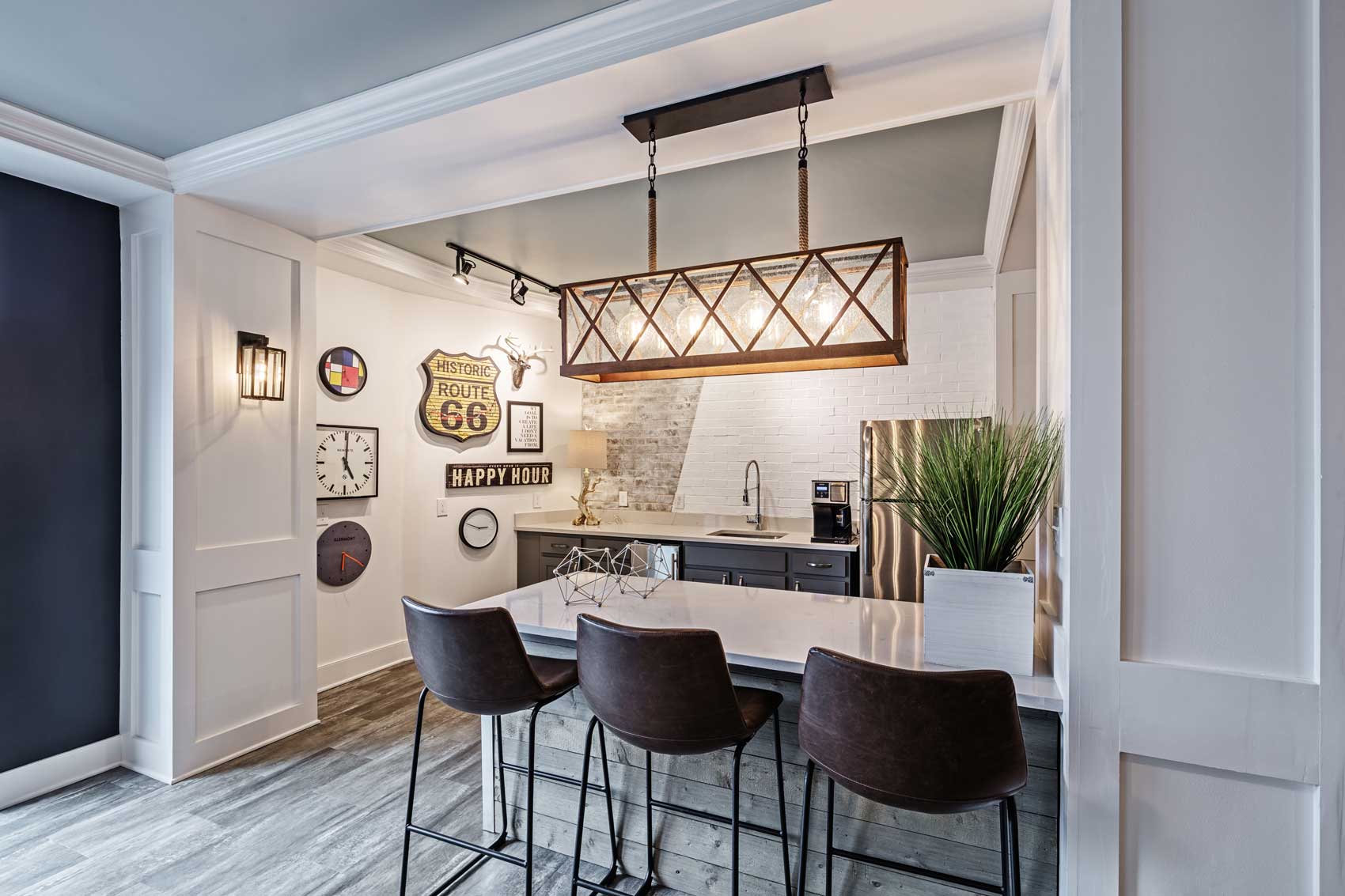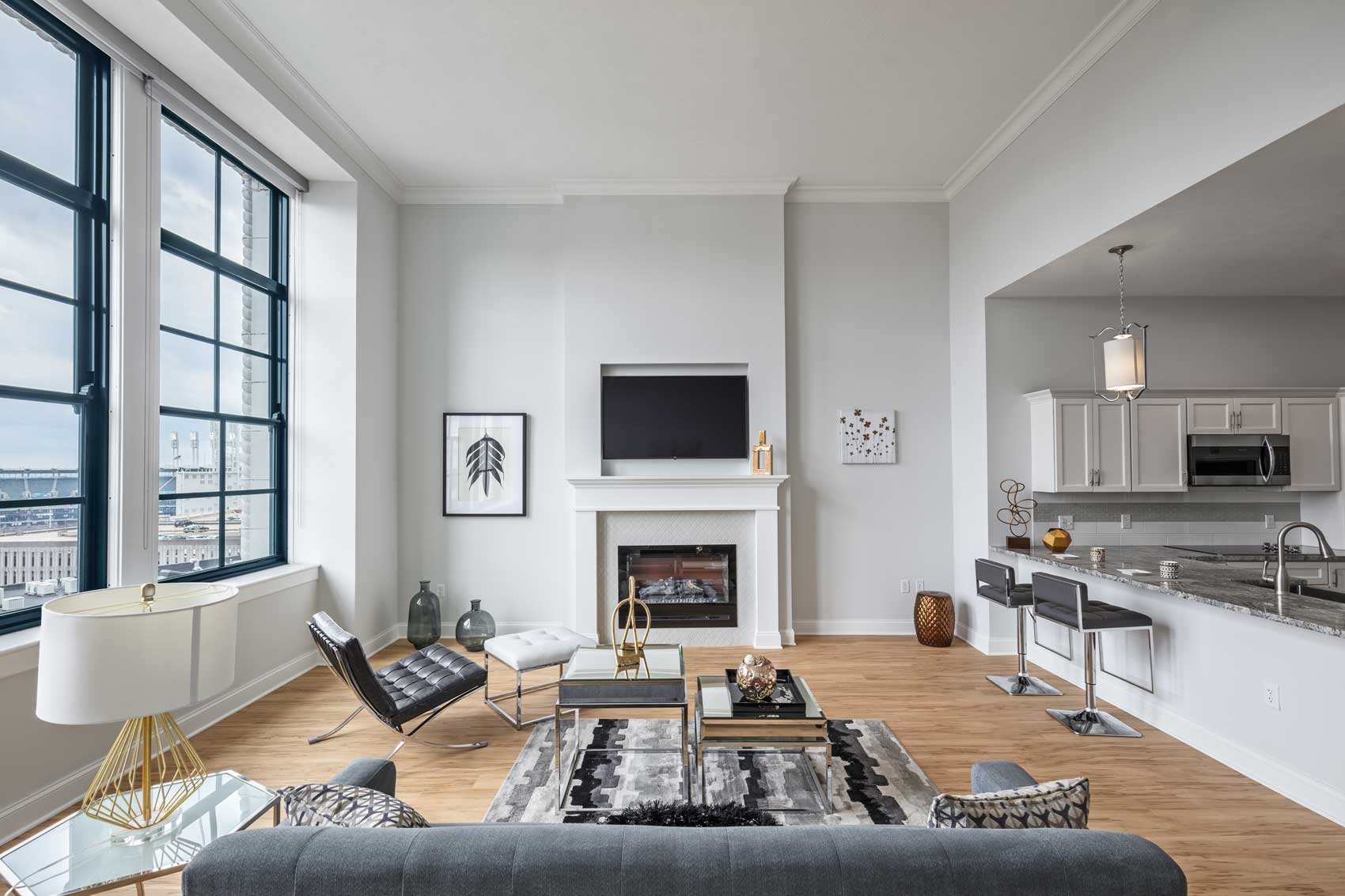Senior Living Trends: EFA Conference
Last week, I had the opportunity to attend the Environments for Aging, EFA, conference; this was exciting for me, as this was my first EFA conference. The two and a half days were densely packed with keynotes and seminars ranging on a variety of issues facing designers, operators, and seniors.
There were several overarching topics found throughout the conference, and it was interesting to see how the topics both juxtaposed and overlapped one another, simultaneously. The main trends were Community, Customization, Technology and Communication.
- Community – One of the largest issues discussed during the seminars was the issue of isolation in the senior population. Isolation leads to a myriad of health issues, in addition to depression. The concept of community presented, was to shift from the idea of a place – where individuals run the risk of homogeneity – to the concept of a way of life. Examples of community were shared, and while the concepts are logical, they seem quite ground breaking for the industry. The concept of a “village” effect creates multi-generational homes; these are multi-family homes where seniors and young families live in the same building with a shared activity/dining space. The deviation from the traditional setting has a positive outcome for both populations. Within the traditional setting, there are still ways to instill this definition of community. Several examples given included smaller communal gathering areas with purposeful tasks, smaller “home-like” settings, and outdoor garden/green spaces.
- Customization – The large theme throughout our culture has been “customization.” It began with customizing a cup of coffee and a pair of tennis shoes, and has permeated into other facets of life, such as nutrition/meals. The idea of enabling and encouraging seniors to make choices in their selection of meals, within their dwelling units or even the style of living may not be novel, but should be incorporated within the design.
- Technology – The goal of technology is not the “wow” factor, but rather the improvement of the life of the residents and the staff. The “smart home” is starting to become available in a larger scale format conducive for senior living residences. Additionally, there are “smart” alarms to notify staff of resident needs without setting off blaring alerts.
- Communication – Each speaker brought up the importance of communicating with the residents and staff on what they actually need/want and how they actually will use the space. Often times, it is easy to design in a vacuum of what a perfect space could be, and easily miss the mark by doing so. This was a great reminder to engage the individuals utilizing the environment, while creating innovative solutions.
I will leave you with my final take-away from this conference. Our current state of design for senior care seems to be reactionary in nature. We are facing a large influx in the senior population within the next 20-30 years, and the current “bed count” does not meet the impending demands of the aging population. However, after attending this conference I have learned we are not necessarily designing to this new population. As we are creating these designs and concepts, we need to be looking into the future – looking at the new demographic of seniors – and asking ourselves what will senior living look like in 20 years. Instead of thinking of the now – we should be thinking of how we can create systems that can build upon one another and last for future generations.
Instead of thinking of the now – we should be thinking of how we can create systems that can build upon one another and last for future generations.


